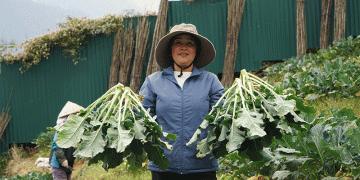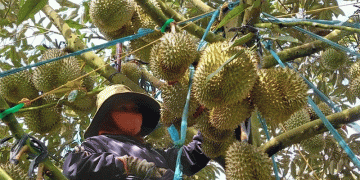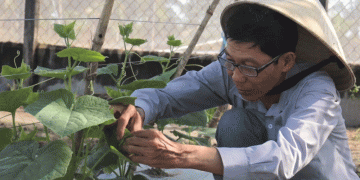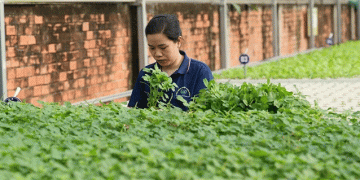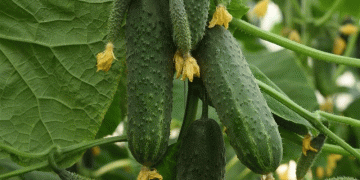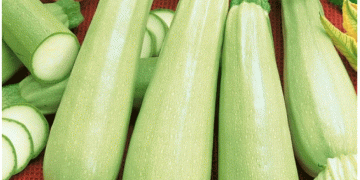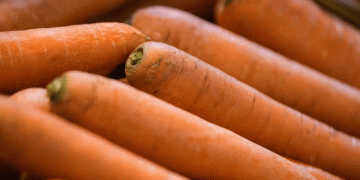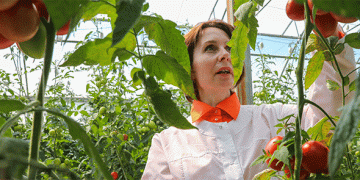As harvest approaches, many growers make the crucial mistake of neglecting their carrot crops, unaware that the final three weeks represent the most important period for determining ultimate quality and marketability. During late August, carrots undergo their final growth phase, where proper nutrition and irrigation management can dramatically influence sugar content, size, and structural integrity. According to horticultural specialists, implementing targeted fertilization strategies during this window can transform an average crop into a premium product with significantly enhanced sweetness and visual appeal.
Strategic Nutrition: The Key to Quality and Sweetness
The final growth stage requires a precise nutritional approach that prioritizes root development over vegetative growth. While nitrogen drives foliage production earlier in the season, August demands a shift toward potassium and phosphorus—elements directly responsible for root size, shape, and sugar accumulation. Research from the International Journal of Horticultural Science (2024) demonstrates that potassium application in the final growth phase can increase carrot yield by up to 22% while improving root uniformity. Similarly, phosphorus has been shown to boost sugar content by approximately 18% compared to untreated controls. Conversely, nitrogen application during this period should be strictly avoided, as it stimulates unwanted top growth at the expense of root development.
Practical Application Methods for Optimal Results
Growers have multiple options for delivering these essential nutrients:
- Wood Ash: A natural potassium source that can be applied directly to soil between rows (approximately 1-2 cups per 10 linear feet) or as a liquid solution (2 cups ash steeped in 1 gallon of water for 24 hours).
- Boric Acid: For enhanced sweetness, foliar applications of boric acid (1 teaspoon dissolved in 2.5 gallons of water) significantly improve sugar accumulation. A 2025 study in the Journal of Plant Nutrition found that boron-treated carrots showed a 25% increase in sucrose levels compared to untreated counterparts.
- Monopotassium Phosphate: This specialized fertilizer provides an ideal balance of potassium and phosphorus for late-season application. Applied according to manufacturer instructions (typically 1-2 pounds per acre in solution), it’s particularly beneficial for late-maturing varieties when applied 3-4 weeks before harvest.
Water Management: The Final Piece of the Puzzle
Proper irrigation during the final growth phase is equally critical. As carrots reach maturity, their water requirements decrease substantially. Research from the Carrot Research Center indicates that optimal yields result from reduced watering frequency (3-4 times monthly) with approximately 5 gallons per 10 square feet. Overwatering during this period not only wastes resources but significantly increases the risk of cracking—a study in Agricultural Water Management (2024) found that proper water reduction in the final growth phase decreased cracking incidence by 35%.
The final three weeks before carrot harvest represent a golden opportunity to dramatically improve crop quality, market value, and consumer satisfaction. By implementing targeted potassium and phosphorus nutrition through either organic or conventional sources, while carefully managing irrigation to prevent cracking, growers can significantly enhance both the visual and culinary qualities of their harvest. The evidence is clear: carrots receiving proper late-season nutrition demonstrate measurable improvements in size, sweetness, and storage capability. For commercial growers, this approach can mean the difference between a standard commodity crop and a premium product that commands significantly higher market prices. As harvest approaches, this focused attention to final-stage growth management offers one of the highest returns on investment in carrot production.















